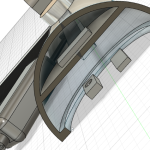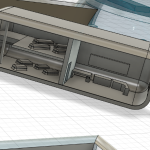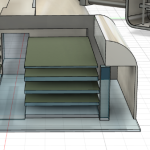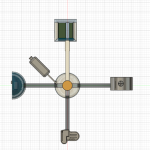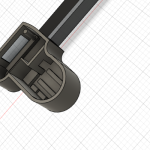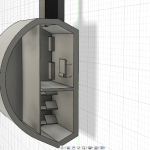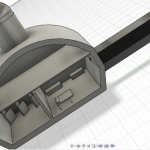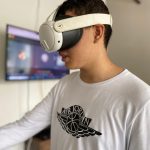Deze site maakt gebruik van cookies, zodat wij u de best mogelijke gebruikerservaring kunnen bieden. Cookie-informatie wordt opgeslagen in uw browser en voert functies uit zoals het herkennen wanneer u terugkeert naar onze site en helpt ons team om te begrijpen welke delen van de site u het meest interessant en nuttig vindt.
Privacyoverzicht

